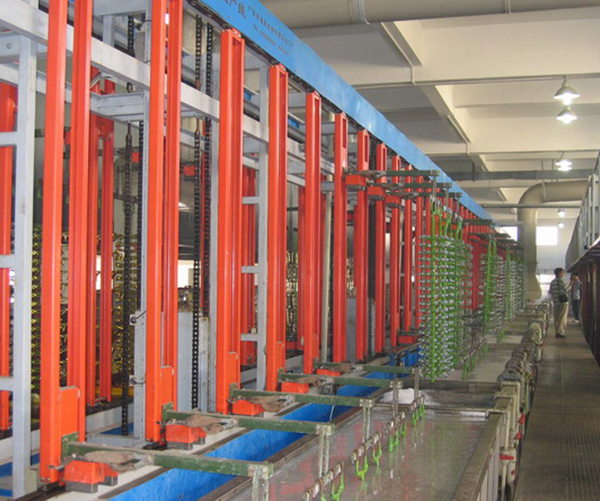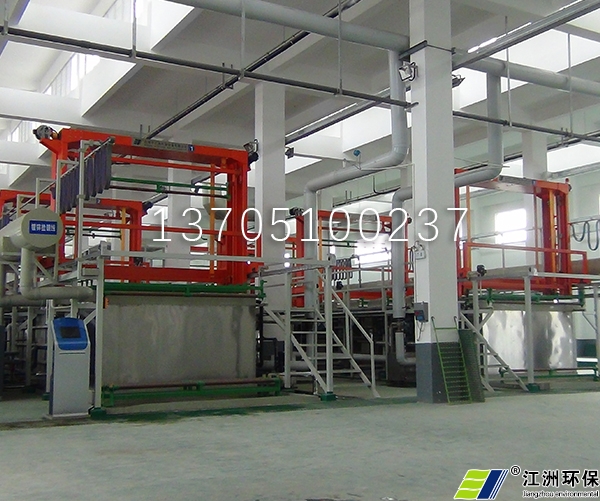Electroplating has been widely used in various production and scientific fields of the national economy. Especially in machine manufacturing, national defense, communications, transportation, light industry and other industries, it has become an indispensable part. Electroplating is widely used in mechanical production to improve the wear resistance and corrosion resistance of various shafts, sleeves and other parts; it plays an increasingly important role in sealing corrosion prevention of various high-pressure gaskets, as well as repair dimensions of various mechanical wear and machined parts. Electroplating is one of the basic processes in the manufacturing industry. Due to the unique technical and economic advantages of electroplating, it is not only difficult to be completely replaced, but also has new breakthroughs in electronics, steel and other fields. After the reform and opening up, the electroplating industry has also entered a period of rapid development. A large number of foreign manufacturers have entered economically developed and convenient areas such as the Yangtze River Delta, the Pearl River Delta, and the Bohai Sea Rim, and electroplating enterprises, which provide basic processes, have also poured in.
The application focus of electroplating processing has shifted from machinery, light industry and other industries to electronics and iron and steel industries, from purely protective decorative coating to functional coating, from relatively dispersed to gradually integrated. And the types of electroplating are also increasing, from the earliest gold, silver and copper plating to later nickel, zinc, hard chromium and tin plating.
Electroplating is the process of plating a thin layer of other metals or alloys on some metal surfaces by using the principle of electrolysis, Electroplating equipment It is the process of using electrolysis to attach a layer of metal film to the surface of metal or other materials to prevent corrosion, improve wear resistance, conductivity, reflectivity and improve aesthetics.
Electroplating is divided into hanging plating and barrel plating, which is mainly related to the size and batch size of the workpiece to be plated.
Hanging plating and barrel plating applicable objects:
Hanging plating means that the workpiece is clamped on the hanger, which is suitable for large parts. The number of products that can be plated in each batch is small, and the coating thickness is 10 μ M above. Such as the bumper of a car,
Bicycle handlebars, etc.

Electroplating has been widely used in various production and scientific fields of the national economy. Especially in machine manufacturing, national defense, communications, transportation, light industry and other industries, it has become an indispensable part. Electroplating is widely used in mechanical production to improve the wear resistance and corrosion resistance of various shafts, sleeves and other parts; it plays an increasingly important role in sealing corrosion prevention of various high-pressure gaskets, as well as repair dimensions of various mechanical wear and machined parts. Electroplating is one of the basic processes in the manufacturing industry. Due to the unique technical and economic advantages of electroplating, it is not only difficult to be completely replaced, but also has new breakthroughs in electronics, steel and other fields. After the reform and opening up, the electroplating industry has also entered a period of rapid development. A large number of foreign manufacturers have entered economically developed and convenient areas such as the Yangtze River Delta, the Pearl River Delta, and the Bohai Sea Rim, and electroplating enterprises, which provide basic processes, have also poured in.
The application focus of electroplating processing has shifted from machinery, light industry and other industries to electronics and iron and steel industries, from purely protective decorative coating to functional coating, from relatively dispersed to gradually integrated. And the types of electroplating are also increasing, from the earliest gold, silver and copper plating to later nickel, zinc, hard chromium and tin plating.







